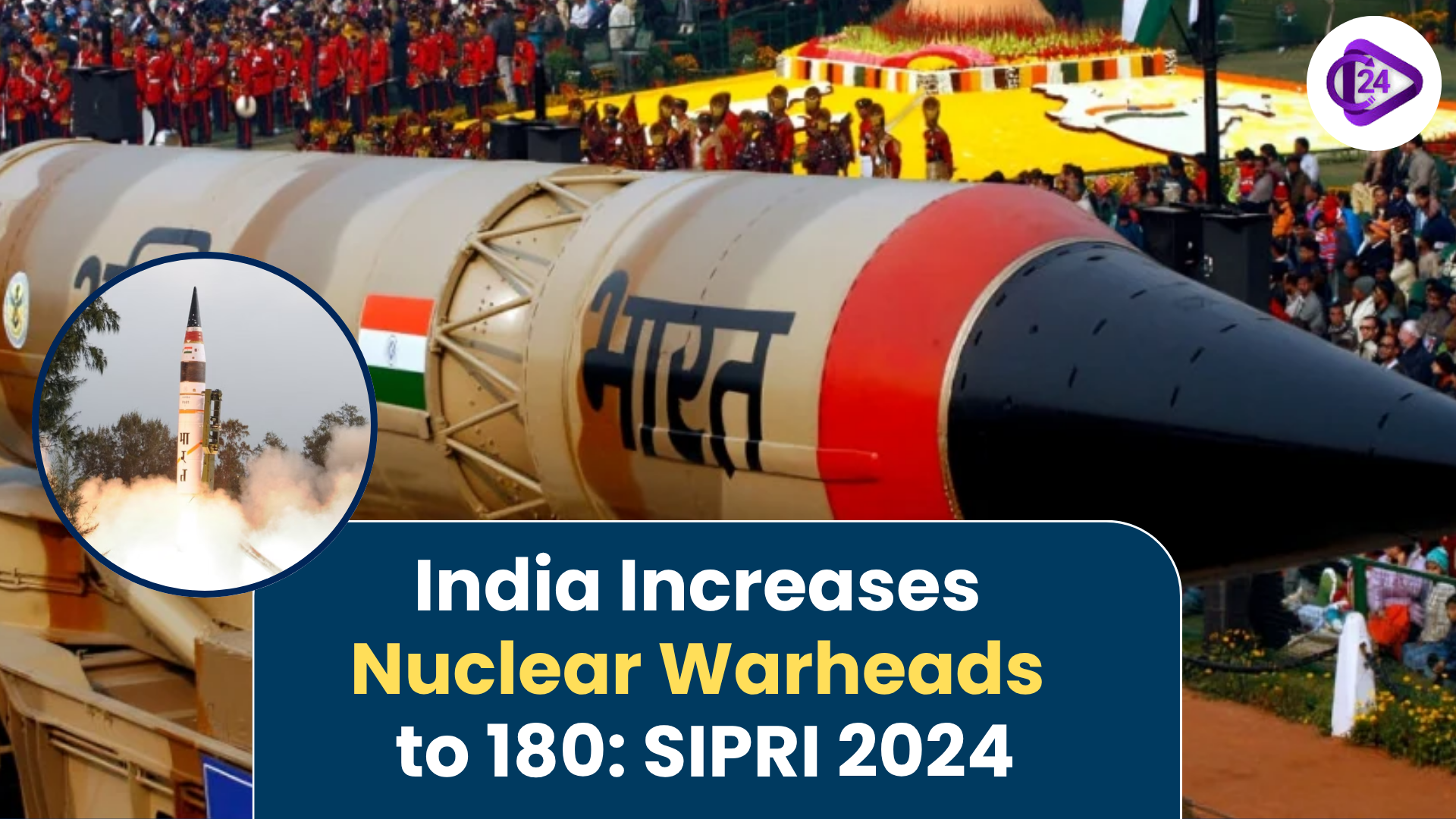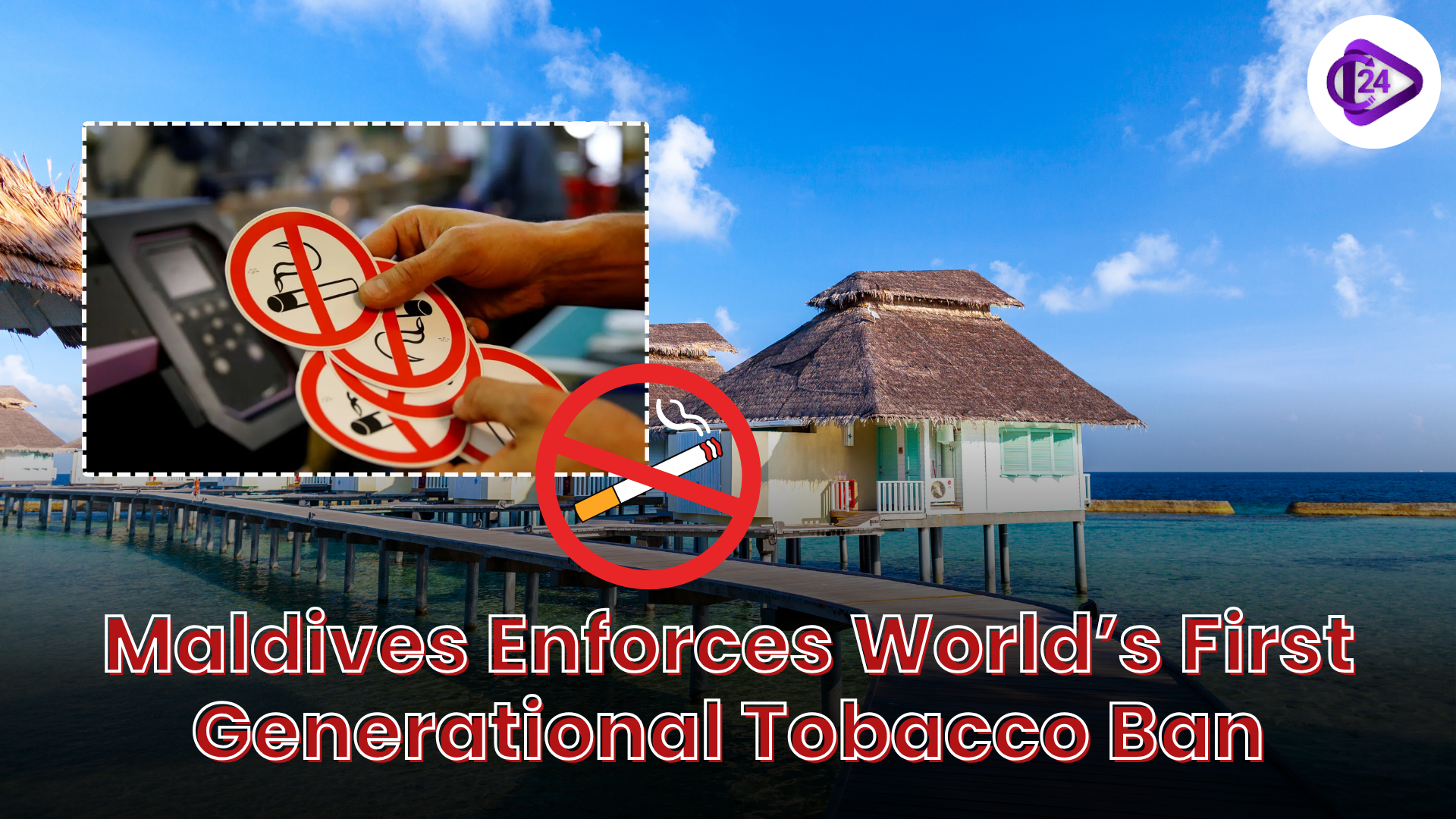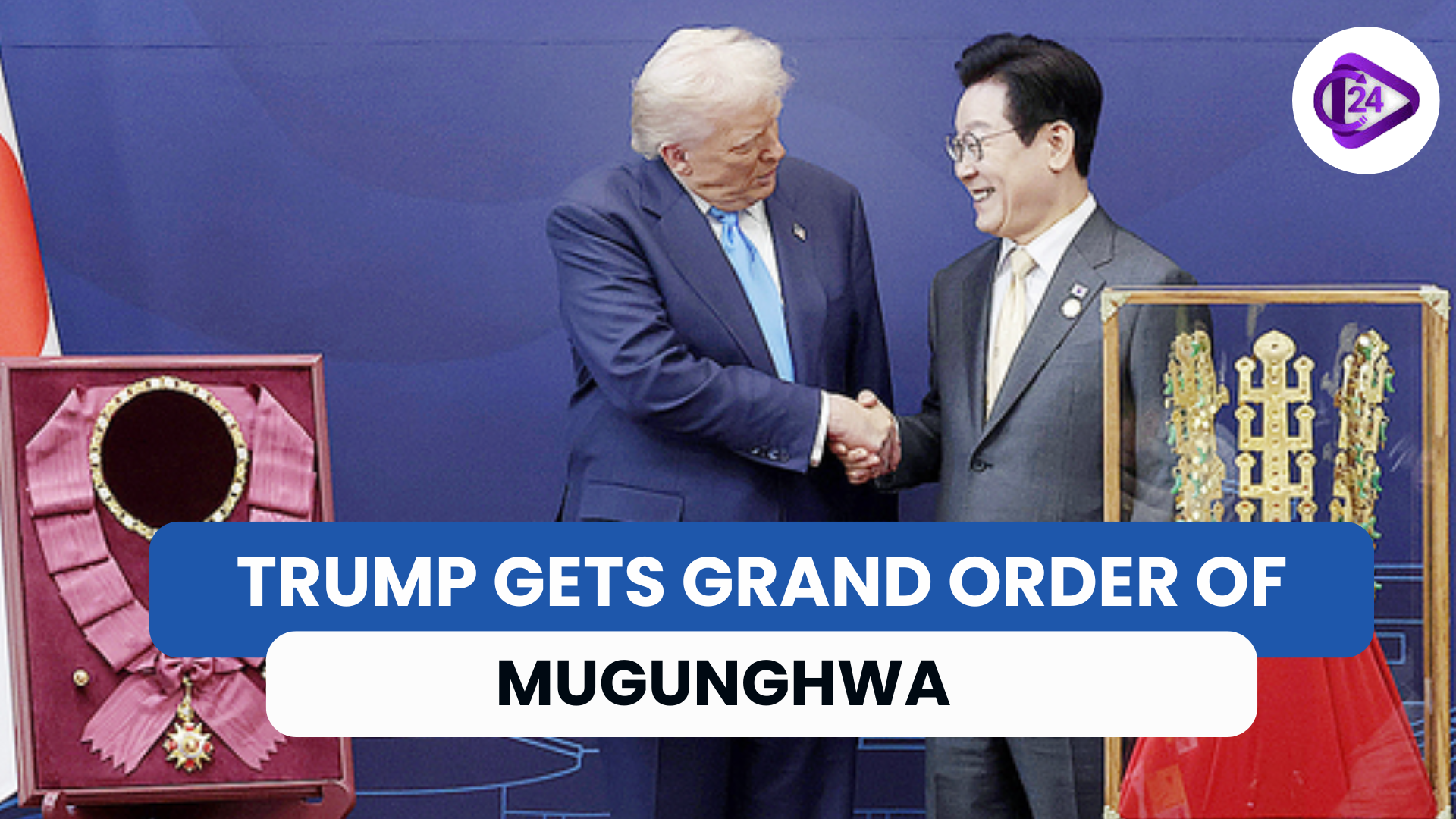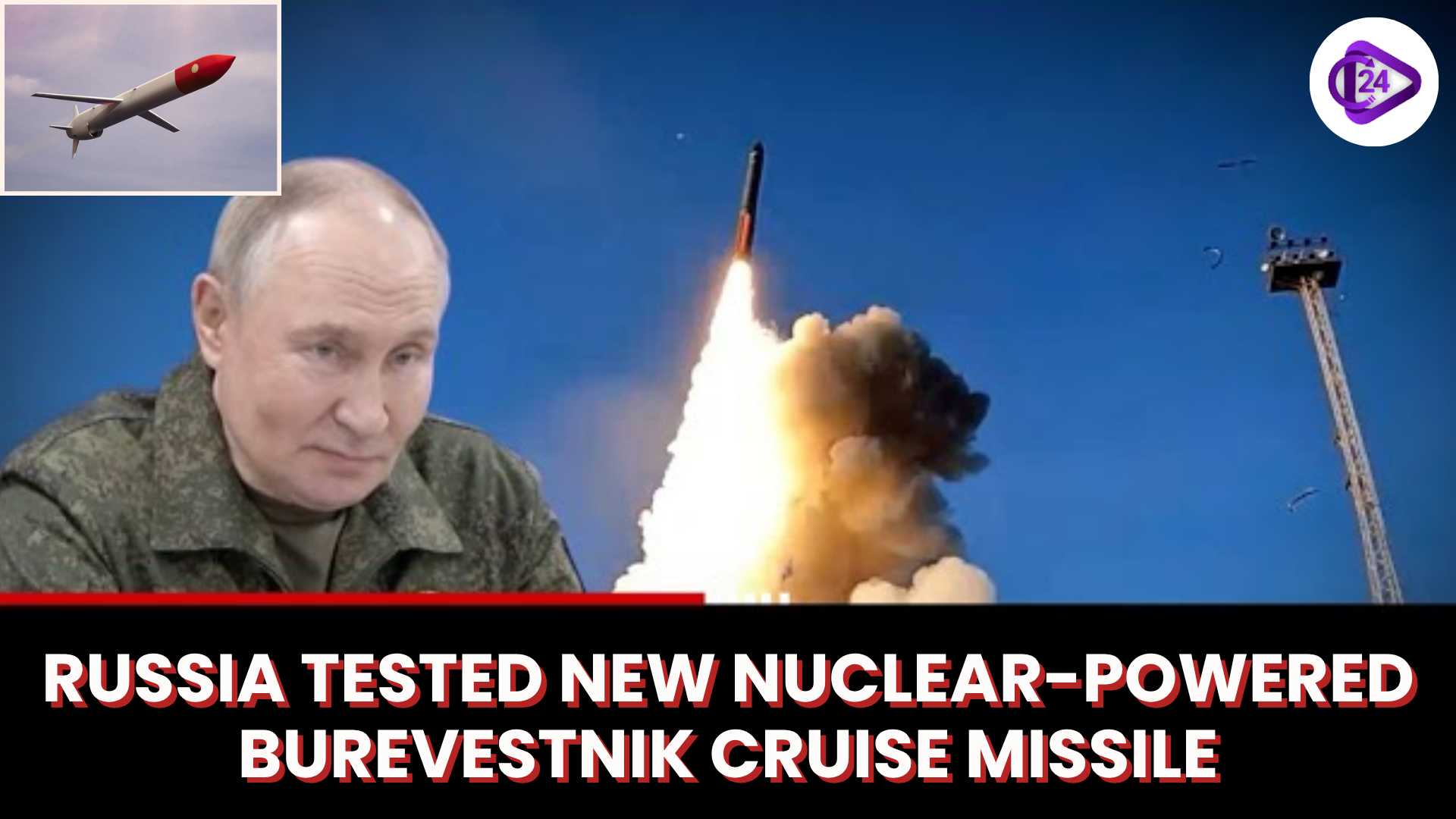
According to a Stockholm International Peace Research Institute (SIPRI) report, India had raised its nuclear warhead level to 180 by 2024. One global trend pointed out in the report is that of nuclear modernization by such countries as India and Pakistan. Even as India increases and improves on its nuclear weapons and acquisition of additional delivery systems, the fear of nuclear arms race and the decline of arms control regimes is being felt especially in the event of the escalating nuclear tensions particularly between India and Pakistan.
Context
-
The 2025 SIPRI report highlights that the nuclear arms race is increasingly growing with most of the nuclear armed countries, including India and Pakistan, further developing their nuclear weapon system.
-
The report offers a warning as a result of the escalating nuclear tensions and the expiry of important arms treaties..
Key Points
-
India's Nuclear Arsenal
-
Enhancement of Nuclear Warhead: The nuclear warhead inventory of India grew to 180 in January 2025 as opposite to 172 in January 2024.
-
Canisterized Missiles: India, is also developing the new generation canisterized missiles that may carry nuclear warheads at peacetime and may well have multiple warheads on the missile.
-
-
The Pakistan Nuclear Developments
-
Nuclear-expanding: Pakistan is also perfecting new delivery methods and stockpiling of the fissile material which is an indication of the growth of their nuclear weapons within the next ten years.
-
Tensions with India: Early in 2025 the tensions between India and Pakistan briefly erupted into an armed conflict, and the risk of nuclear crisis became an issue of concern.
-
-
World nuclear arm race
-
Global Trends: Nine nuclear weapon states (U.S., Russia, U.K., France, China, India, Pakistan, North Korea, and Israel) are all modernizing their nuclear arsenals, and enhancing their arsenals with modern weapons and new delivery systems.
-
The Warning of SIPRI: The SIPRI report warns that there is a rising trend of use of nuclear weapons that may act as a further disruptor of global security.
-
-
Other Nuclear Powers
-
U.S. and Russia: The U.S. and Russia still are the most significant nuclear powers, and they have 5,177 and 5,459 warheads, respectively.
-
China:In the year 2025 China stockpiled its warheads to 600 compared to 500 in the previous year 2024.
-
-
Inventory Total Global
-
Warheads 12,241: The total world nuclear stockpile is 12,241 warheads of which 9,614 are in military inventories and can possibly be launched, and 3,912 deployed on delivery vehicles such as missiles or aircraft.
-
-
Arms control issues:
-
New START Treaty Expiration: With the end of the 2010 New START Treaty in 2026 in February, SIPRI cautions that unless there are new arms control deals established then there are threats of augmentation in the number of warheads on strategic missiles.
-
Nuclear Disarmament and India
Position of Nuclear Strategy in India; Deterrence vs Disarmament
The Indian nuclear policy is pegged on the maintenance of credible minimum deterrence but the robust support of the universal nuclear disarmament. With the increasing tensions across the world and new threats to peace, it can be assumed that the balanced stand allows India to make a positive contribution both in the maintenance of regional stability and in global disarmament.
Two-faced approach to nuclear in India
-
Nuclear Deterrence:
-
India has a plausible nuclear deterrent that relies on a stockpile of about 160 nuclear warheads (currently, as of 2023) to provide national security.
-
-
Disarmament Advocacy:
-
India has always voiced in favor of a nuclear-weapon-free world and demands a time-bound universal scheme on disarmament.
-
Superior Strategic Challenges
-
China-Pakistan Axis of Nuclear Confusion:
-
The strategic partnership between China and Pakistan such as the Chinese support in the nuclear program in Pakistan is a headache to India.
-
-
Arguments over the No First Use (NFU):
-
The NFU doctrine has been questioned by India because of the growing tactical nuclear weapons of Pakistan and the changing patterns in the region.
-
The Nuclear Capability Modernization
-
Submarine-Launched Ballistic Missile (SLBMs):
-
India has put into operation such systems as the K-4 SLBM, strengthening its second-strike capacity at sea basis.
-
-
Long-Range Missiles:
-
Agni-V (range >5,000 km) development adds towards deterrence notably against China.
-
Nuclear Security and Safety
-
Expanding Infrastructure:
-
Due to 23 nuclear reactors currently in operation, India is going to exponentially increase capacity by 2031, yet there still is an issue in terms of safety (e.g., 2010 Mayapuri incident).
-
-
International Commitments:
-
Direct involvement in such initiatives as the Nuclear Security Summit highlights the interest of India in ensuring nuclear security and non-proliferation.
-
Civil Nuclear Cooperation & Membership to NSG
-
India-U.S. Civil Nuclear Deal (2008):
-
This breakthrough treaty accorded non NPT nuclear meaning to India.
-
-
NSG Challenges:
-
China blocks the NSG membership status of India and this is because it supports the parallel bid of Pakistan.
-
Nuclear Power Resource and Environmental Issues
-
Goals of Energy Expansion:
-
By 2031, India is looking forward to the enhancement of nuclear energy to 22,480 MWe. Nevertheless, there are ongoing local oppositions at places, such as Kudankulam and Jaitapur.
-
-
Sustainable Innovation:
-
India is building Advanced Heavy Water Reactors (AHWRs) which use thorium as fuel harnessing nuclear power to the criteria of sustainability.
-
Policy recommendations: Deterrence Vs Disarmament
-
A. Reinforcing a Credible Minimum Deterrence (CMD)
-
Focus more on quality than on quantity in the arsenal.
-
Make the scope of CMD clear to eliminate vagueness.
-
-
B. Advance Region Stability Dialogues
-
Start negotiating risk-reduction talks with Pakistan.
-
Use the examples of U.S.- Russia crisis management.
-
-
C. Leadership in Global Disarmament
-
Support the feasible measures in disarmament at global forums.
-
Maintain and apply the No First Use policy throughout the world.
-
-
D. Pay into Verification Technologies
-
Create satellite over-watch monitoring and disarmament verification instruments.
-
Employ the capacities of India in space and AI to be transparent in nuclear matters.
-
-
E. Reinforce Domestic Levers
-
Exercise restrictions to nuclear exportation and tighten security of facilities.
-
Strengthen the faith of the rest of the world in responsible Indian ownership of nuclear weapons.
-
-
F. Enhance the Peaceful Use of Nuclear Energy
-
Explain the use of nuclear energy in the fight against climate change and sustainable growth.
-
Improve the frontiers and standards of civilian nuclear R&D and safety.
-
-
G. Promote Track and a half and Track 2 Diplomacy
-
Carry out some-semi-official discussions to exchange trailblazing notions on disarmament and crisis prevention.
-
Conclusion
The fact that India is upping the quantity of its nuclear warheads and continues to work on nuclear delivery mechanisms is an even more global trend of nuclear modernization. In light of the pressure to modernise arsenals and escalation of tensions, particularly between programs by the letter of nuclear powerhouse neighbors (such as those between India and Pakistan), SIPRI has warned grimly to look out that a nuclear threat is not created by the pursuit of a dangerous nuclear arms race, and that there should be a renewed arms control agreement.



 Tom Cruise Finally Gets His Oscar Glory at the 2025 Governors Awards
Tom Cruise Finally Gets His Oscar Glory at the 2025 Governors Awards David Szalay Achieves Global Recognition with 2025 Booker Prize Win for Flesh
David Szalay Achieves Global Recognition with 2025 Booker Prize Win for Flesh Maldives Becomes First Nation to Enforce Generational Smoking Ban
Maldives Becomes First Nation to Enforce Generational Smoking Ban Trump Honored with South Korea’s Grand Order of Mugunghwa
Trump Honored with South Korea’s Grand Order of Mugunghwa Russia Stuns the World with Successful Burevestnik Nuclear Missile Test, Confirms Putin
Russia Stuns the World with Successful Burevestnik Nuclear Missile Test, Confirms Putin NASA Confirms Earth Now Has a Temporary Second Moon Named 2025 PN7
NASA Confirms Earth Now Has a Temporary Second Moon Named 2025 PN7 Timor-Leste Officially Becomes ASEAN’s 11th Member Nation
Timor-Leste Officially Becomes ASEAN’s 11th Member Nation Rodrigo Paz Elected Bolivia’s President: A New Era Begins
Rodrigo Paz Elected Bolivia’s President: A New Era Begins Astronomers Discover Evolving Ring System Around Icy Body Chiron Beyond Saturn
Astronomers Discover Evolving Ring System Around Icy Body Chiron Beyond Saturn Sundarbans Aquaculture Model Wins FAO Global Recognition for Sustainability
Sundarbans Aquaculture Model Wins FAO Global Recognition for Sustainability






